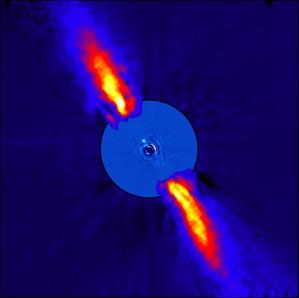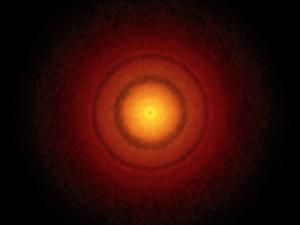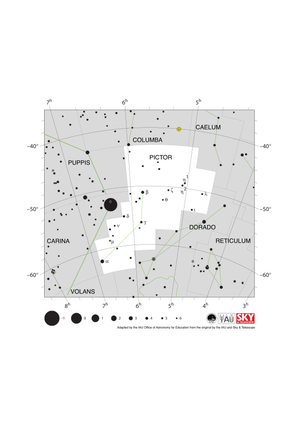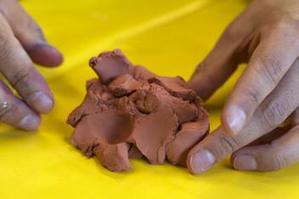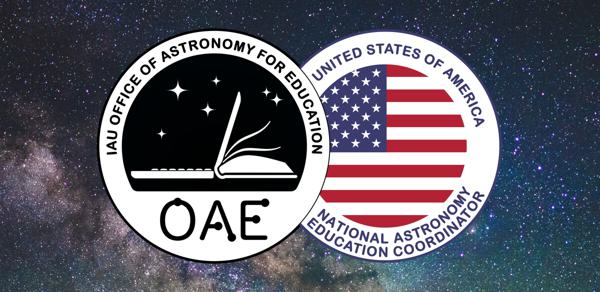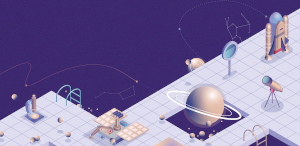Related Media
beta Pictoris b
Credit: ESO/A.-M. Lagrange et al. credit link
License: CC-BY-4.0 Creative Commons تخصیص 4.0 بینالمللی (CC BY 4.0) icons
Planet formation around the star TW Hydrae
Credit: S. Andrews (Harvard-Smithsonian CfA); B. Saxton (NRAO/AUI/NSF); ALMA (ESO/NAOJ/NRAO) credit link
License: CC-BY-4.0 Creative Commons تخصیص 4.0 بینالمللی (CC BY 4.0) icons
Related Diagrams
Pictor Constellation Map
Credit: Adapted by the IAU Office of Astronomy for Education from the original by the IAU and Sky & Telescope
License: CC-BY-4.0 Creative Commons تخصیص 4.0 بینالمللی (CC BY 4.0) icons
Related Activities
Creating Asteroids
astroEDU educational activity (links to astroEDU website) Description: Have fun, building asteroids using clay!
License: CC-BY-4.0 Creative Commons تخصیص 4.0 بینالمللی (CC BY 4.0) icons
Tags:
Hands-on
, Model
Age Ranges:
4-6
, 6-8
, 8-10
Education Level:
Pre-school
, Primary
Areas of Learning:
Modelling
, Social Research
Costs:
Medium Cost
Duration:
1 hour 30 mins
Group Size:
Group
Skills:
Communicating information
, Developing and using models
